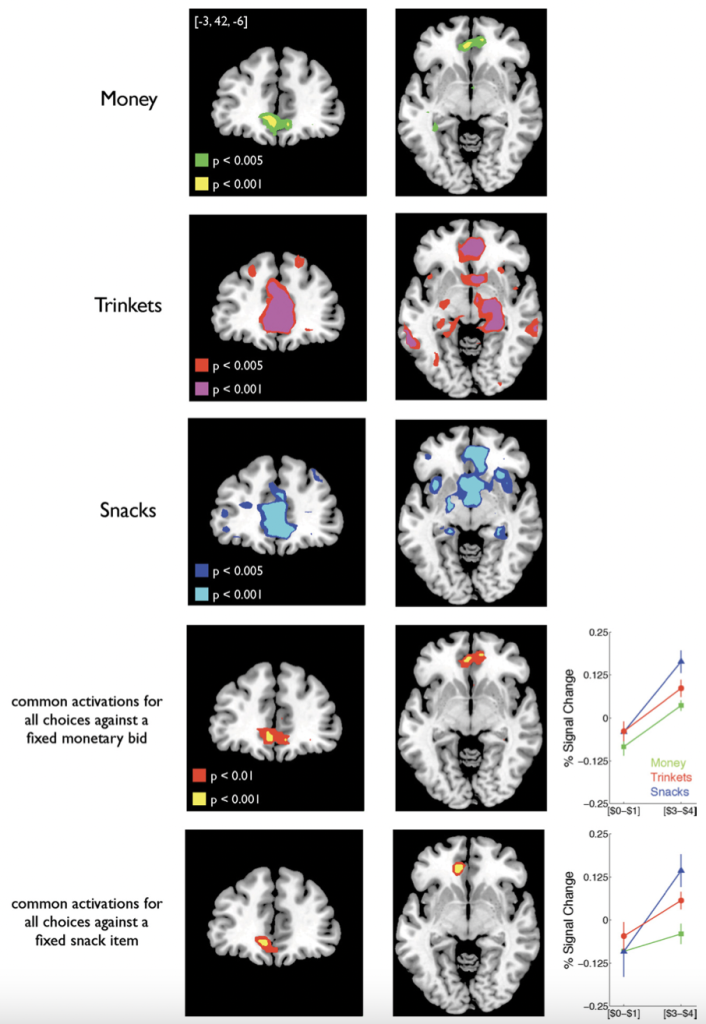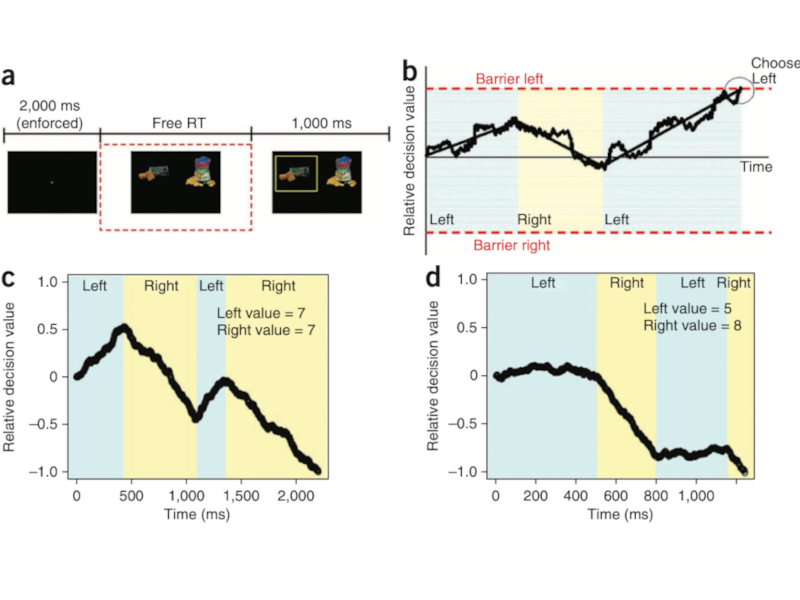Hello, my main passion is all about doing research in the fields of Neuroeconomics and Decision Making. This is the reason why I founded NeuroLabX back in 2020. My primary goal is to gather the most interesting insights from research and present them to you as my audience. Neuroeconomics and Behavioral Economics manages to bridge the gap between formal modeling and human behavior.

» TRUE PASSION: NEUROECONOMICS
» THE POWER OF NEUROECONOMIC RESEARCH «
“Don’t Ask the People – Ask the Brain”
Many people believe that we are fully aware of our actions and believes, yet the most of us cannot explain sufficiently their behavior. Especially when it comes to make a decision most of us tend to be biased.
Recent research has indeed shown, that such biases can even reverse our preferences There are many different biases we can fall into. You can read more about cognitive biases and other behavioral phenomena here.

Artificial Intelligence & Human Behavior

By observing the brains neural activity we are finally able to understand what is going on – deep inside our minds. We have learned which brain region creates a chocolate’s value, and we know that a brain lesion can impair memories that are an important factor when it comes to evaluating choices.

TO SHED SOME LIGHT ON MY CURRENT RESEARCH INTERESTS:
Neuroeconomics, Decision Making
Microeconomic Modeling, Asymmetric Information, Game Theory
I AM ALSO INTERESTED IN:
Neurobiology
SOFTWARE & PROGRAMMING LANGUAGES I AM CURRENTLY WORKING WITH
Python, R Studio, Stata, PHP, MySQL, C++, MATLAB
REFERENCES
(1) Hsu, M.Y.-T. and Cheng, J.M.-S. (2018), “fMRI neuromarketing and consumer learning theory: Word-of-mouth effectiveness after product harm crisis”, European Journal of Marketing, Vol. 52 No. 1/2, pp. 199-223. https://doi.org/10.1108/EJM-12-2016-0866
(2) Chib, V. S., Rangel, A., Shimojo, S. & O’Doherty, J. P. Evidence for a common representation of decision values for dissimilar goods in human ventromedial prefrontal cortex. J. Neurosci. 29, 12315–12320 (2009).
(3) Fellous JM, Sapiro G, Rossi A, Mayberg H, Ferrante M. Explainable Artificial Intelligence for Neuroscience: Behavioral Neurostimulation. Front Neurosci. 2019 Dec 13;13:1346. doi: 10.3389/fnins.2019.01346. PMID: 31920509; PMCID: PMC6923732.
(4) Krajbich, Ian & Armel, Carrie & Rangel, Antonio. (2010). Visual fixations and comparison of value in simple choice. Nature neuroscience. 13. 1292-8. 10.1038/nn.2635.
